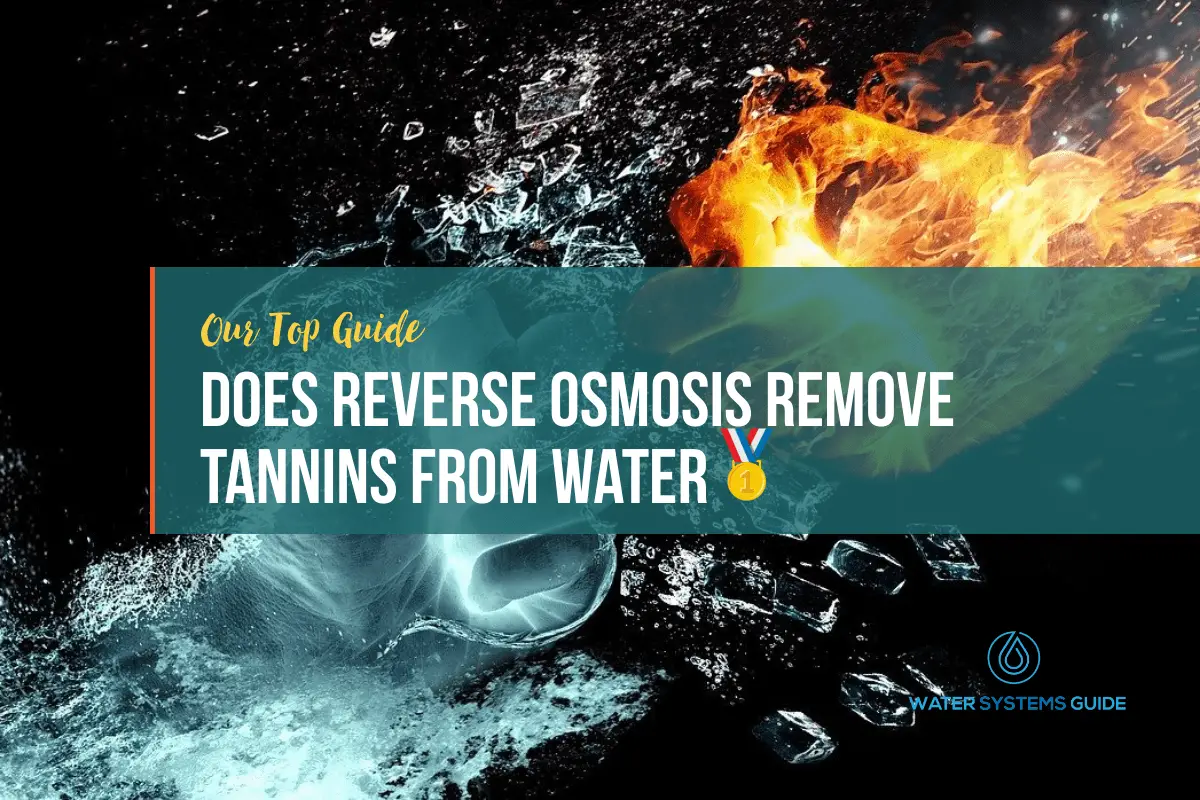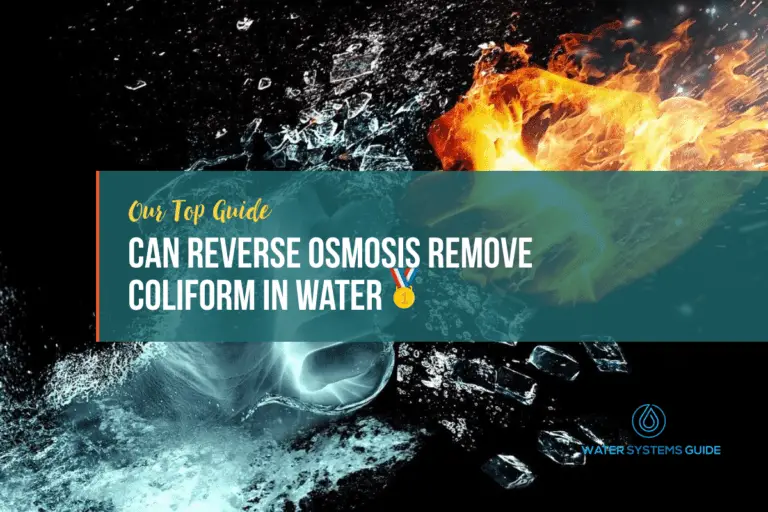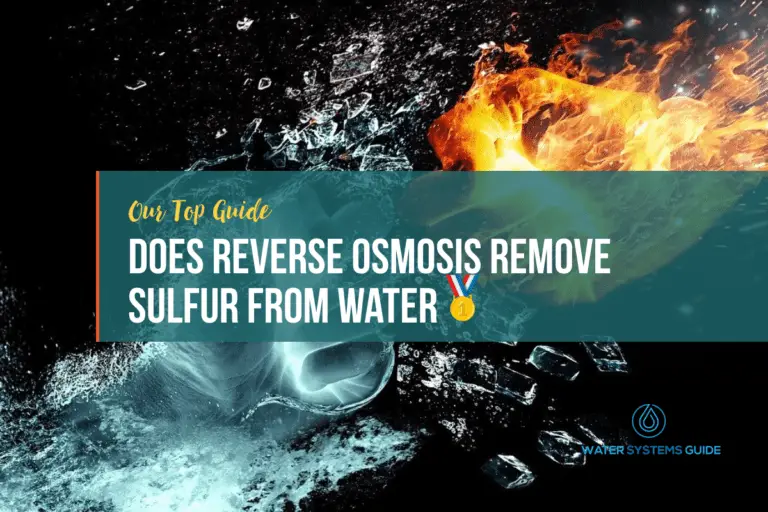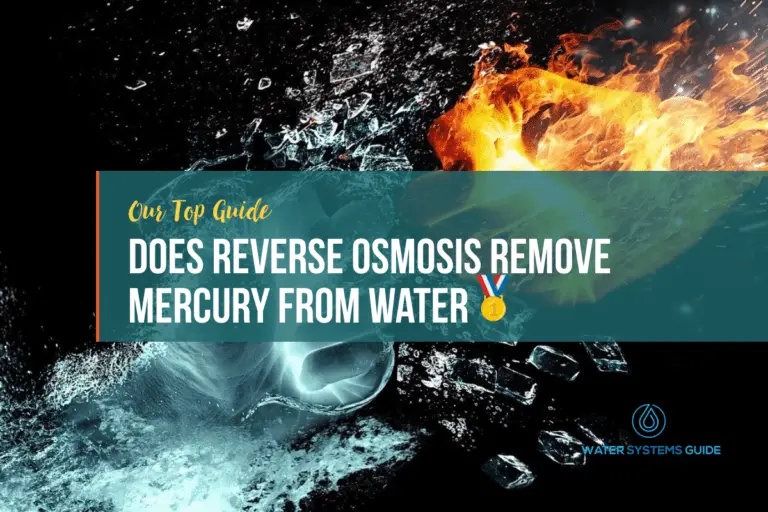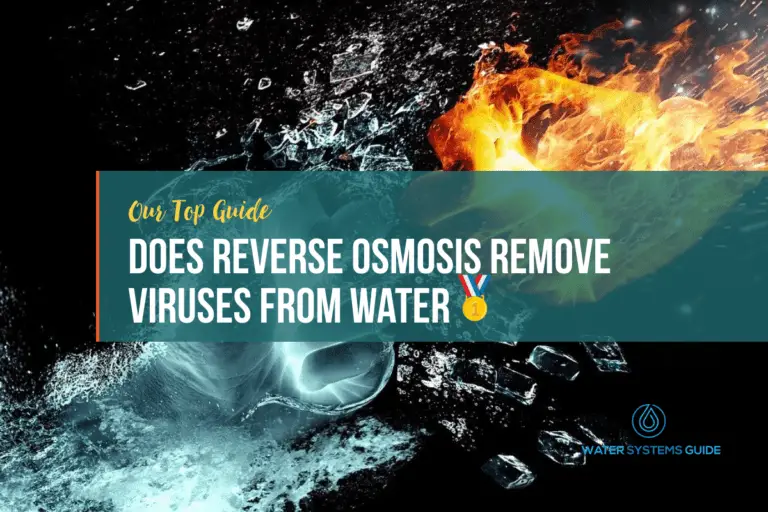Does Reverse Osmosis Remove Tannins From Drinking Water
In this article we’re going to be discussing whether reverse osmosis is effective at removing tannins from water.
What Exactly Are Tannins
Tannins are a type of polyphenol, which is a large group of natural plant compounds. They are found in the bark, leaves, and fruit of many plants, and they play an important role in the plant’s defense against predators. Tannins have a bitter taste and can cause astringency (a drying sensation) in the mouth. They are used in the production of leather, ink, and wine, and they can also be used as a preservative.
How Do Tannins Get Into Our Water Supplies?
There are a few ways that tannins can get into our water supplies. One way is through runoff from leaves and other vegetation. When it rains, water can pick up tannins from the ground and carry them into streams, lakes, and rivers. Tannins can also enter water through sewage and industrial waste. Treatment plants may not remove all of the tannins from sewage before it is released into waterways.
Does RO Remove Tannins from Drinking Water?
Yes, RO (reverse osmosis) systems can remove tannins from drinking water (wwdmag). Tannins are a type of organic compound that can give water a yellow or brown color, as well as a bitter taste. RO systems use a semipermeable membrane to filter out tannins, as well as other impurities such as bacteria and dissolved minerals.
However, it’s important to note that the effectiveness of RO (reverse osmosis) in removing tannins from drinking water can vary depending on a number of factors, including the specific type of RO system being used and the quality of the water being treated.
With that being said, in general, RO systems are effective at removing tannins from water, making it safe to drink.
How to test your water supply for tannins
If you think your water may be contaminated with tannins, you can test it yourself using a simple home test kit. First, fill a clean glass container with water from your tap. Then, add four drops of the testing solution to the water and stir gently. If the water turns yellow or brown, this indicates the presence of tannins.
You could then confirm this by re-testing, or sending a water sample to a lab for official testing.
Alternatively, you can hire a professional, who will take care of the entire process, as well as advise you about whether water treatment is necessary.
What else does reverse osmosis remove from water?
Alternative Methods Of Removing Tannins From Water
According to the Water Conditioning & Purification International Magazine, alternative methods of removing tannins from water (besides RO) include Nanofiltration and Ultrafiltration:
“Recent tannin treatment options include membrane hyperfiltration such as reverse osmosis, nanofiltration or ultrafiltration. Because tannins exhibit high molecular weight, membrane separation is highly effective for tannin removal. More recently, electropositive filtration has demonstrated a high affinity for tannin removal from water with good success”

